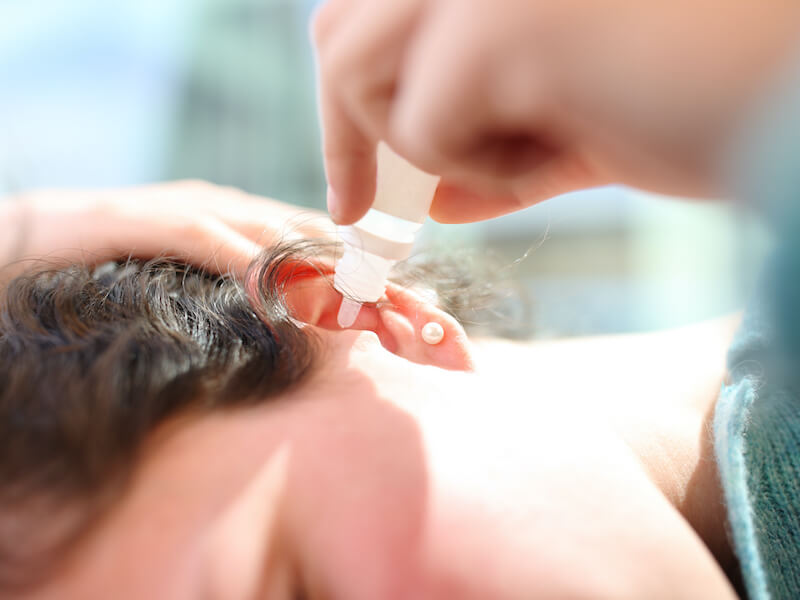
When you take a shower, always remember to clean your ears. Whenever you say that, you inevitably use your “parent voice”. Perhaps you even remember getting that advice as a child. As you get caught up in past nostalgia, that sort of memory can take you back to simpler times.
But that advice can be pretty helpful. Uncontrolled earwax buildup can cause a significant number of problems, especially for your hearing. And on top of that, earwax can harden up inside your ear and become really difficult to clean. In other words, the clearer you keep your ears, the better off you’ll be.
Excessive earwax? Eww!
Earwax is, well, kind of gross. That’s a viewpoint that most individuals share. But earwax does serve a purpose. Earwax is manufactured by glands inside of your ears and is then pushed out when you chew in order to keep your ears free of dust and dirt.
Essentially, the correct amount of earwax can help keep your ears healthy and clean. It may seem peculiar, but earwax doesn’t suggest poor hygiene.
The troubles begin when your ears generate too much earwax. And it can be somewhat challenging to know if the amount of earwax being generated is healthy or too much.
What does excess earwax do?
So, what develops as a consequence of accumulated earwax? There are numerous problems that may develop due to out-of-control earwax or earwax that builds up over time. Those problems include:
- Tinnitus: When you hear ringing or buzzing that isn’t actually there, you’re usually dealing with a condition known as tinnitus. Earwax accumulation can cause tinnitus symptoms to worsen or to appear.
- Dizziness: Your ability to manage balance depends greatly on your inner ear. You can suffer from episodes of dizziness and balance issues when your inner ear is having issues.
- Infection: Excess earwax can lead to ear infections. If fluid accumulates, it can get trapped behind plugged earwax.
- Earache: One of the most prevalent signs of accumulated earwax is an earache. It doesn’t have to hurt a lot (though, in some cases it can). This is typically a result of the earwax producing pressure someplace it shouldn’t.
These are only a few. Headaches and discomfort can occur because of unchecked earwax buildup. If you use hearing aids, excess earwax can impede them. This means that you may think your hearing aids are malfunctioning when the real issue is a bit too much earwax.
Can your hearing be affected by earwax?
Well, yes it can. One of the most typical issues connected with excess earwax is hearing loss. When earwax builds up in the ear canal it causes a blockage of sound causing a form of hearing loss called conductive hearing loss. The problem normally goes away when the earwax is extracted, and usually, your hearing will go back to normal.
But there can be long-term damage caused by excess earwax, particularly if the buildup gets severe enough. The same is true of earwax-caused tinnitus. It’s usually temporary. But the longer the excess earwax sticks around (that is, the longer you neglect the symptoms), the bigger the risk of long-term damage.
Prevention, treatment, or both?
If you want to protect your hearing, then it makes sense to keep an eye on your earwax. In many cases, earwax accumulation is caused not by excessive production but by improper cleaning (a cotton swab, for instance, will frequently compress the earwax in your ear rather than getting rid of it, eventually leading to a blockage).
Often, the wax has become hardened, dense, and unmovable without professional treatment. You’ll be capable of starting to hear again after you get that treatment and then you can start over, cleaning your ears the right way.
References
https://my.clevelandclinic.org/health/diseases/14428-ear-wax-buildup–blockage